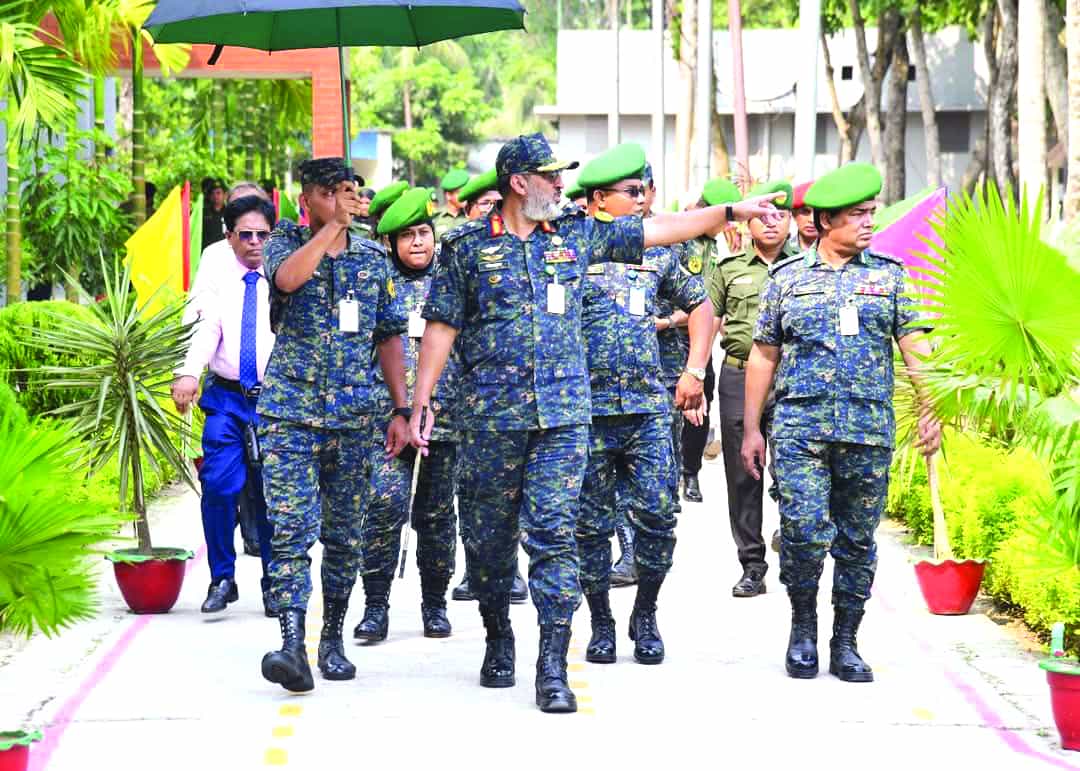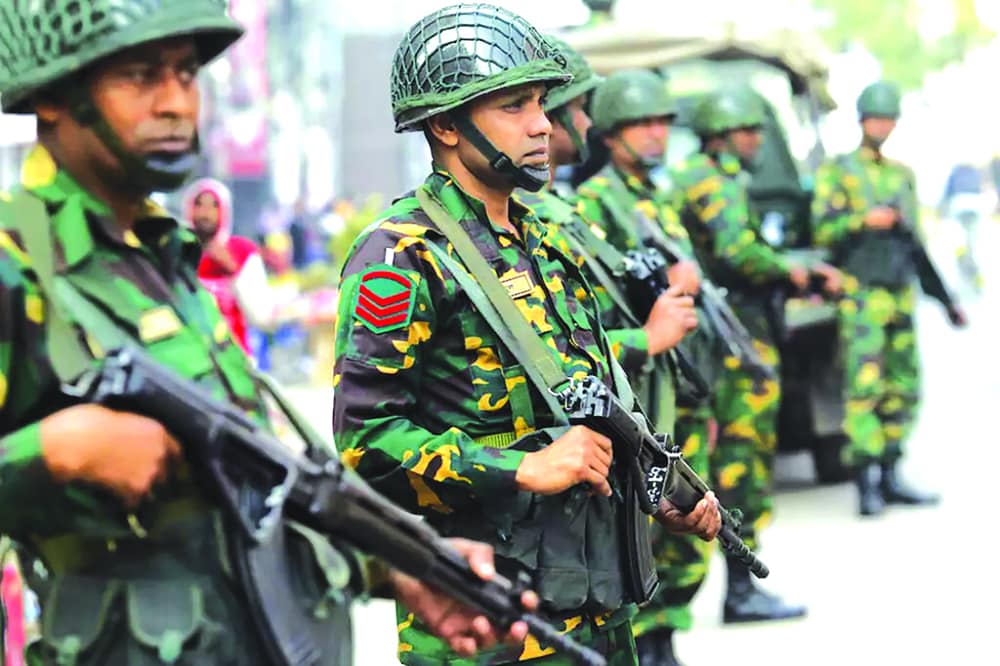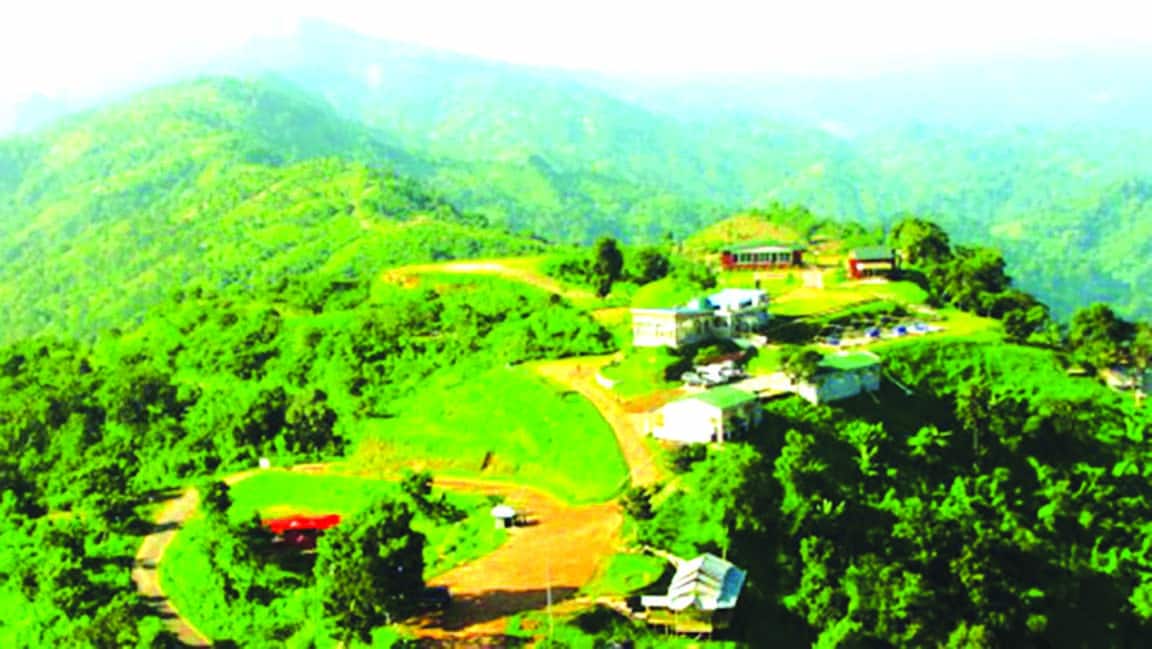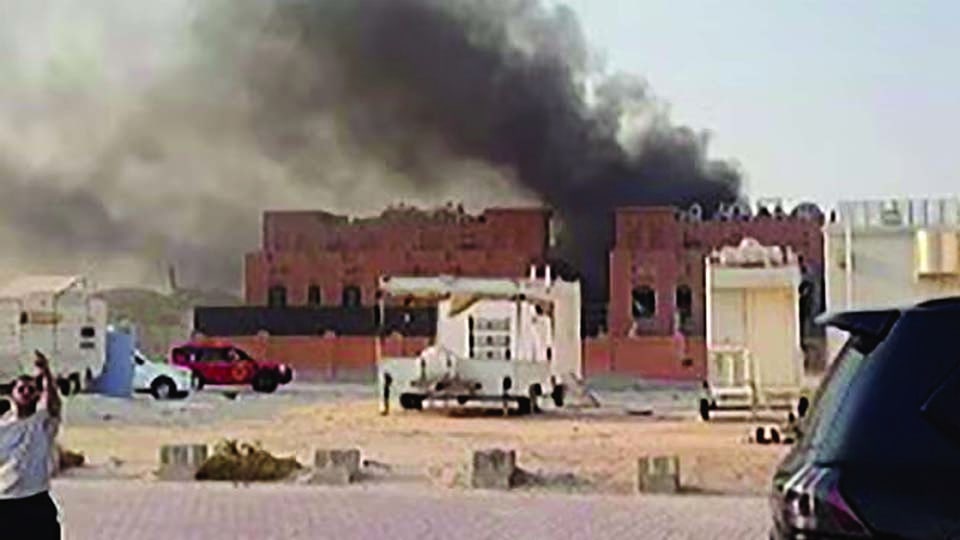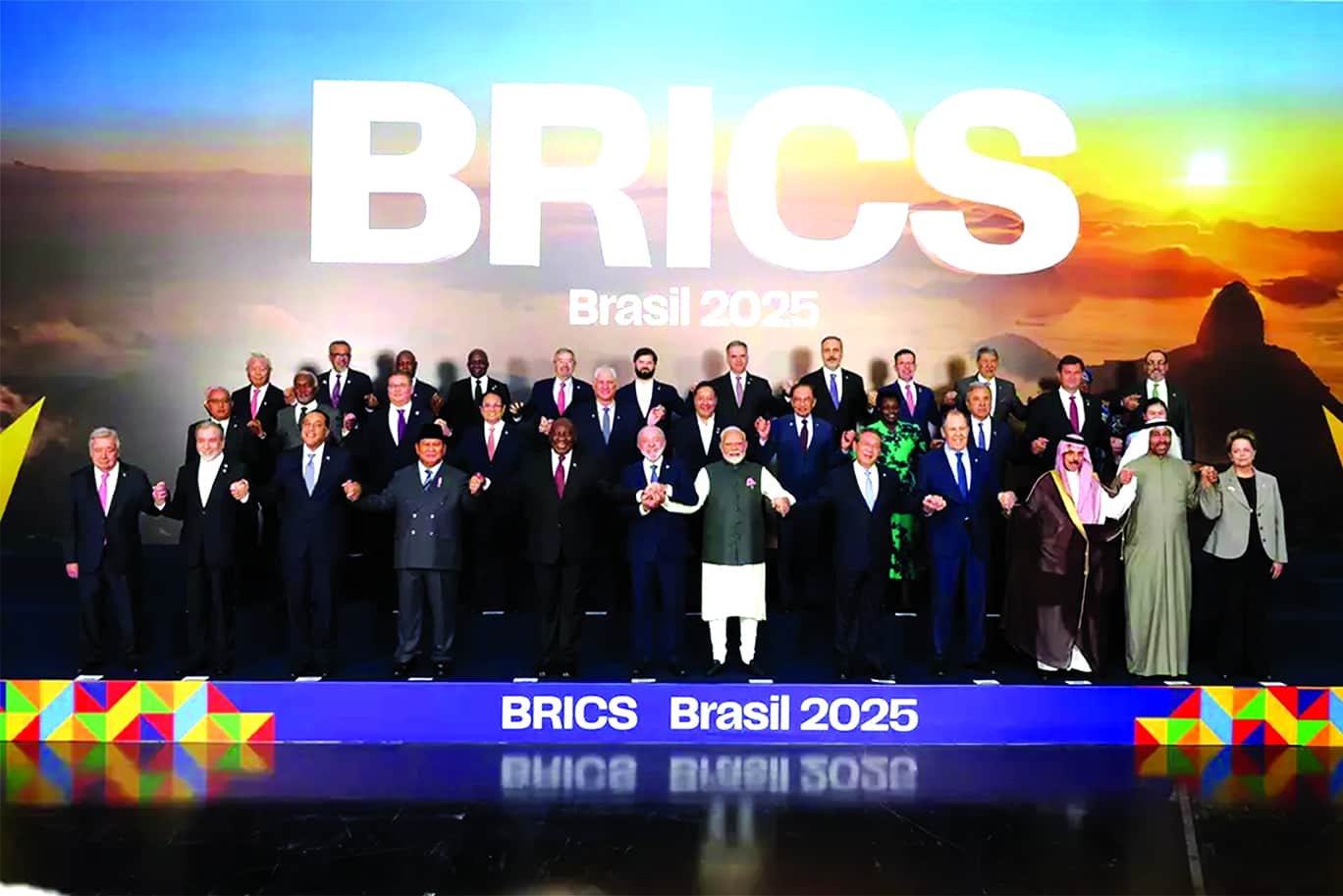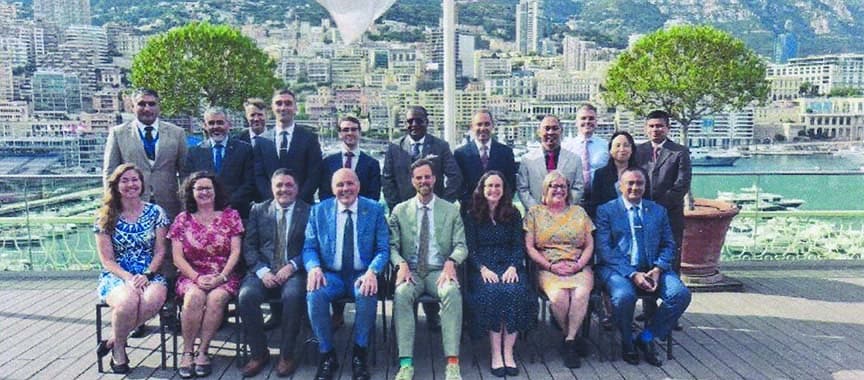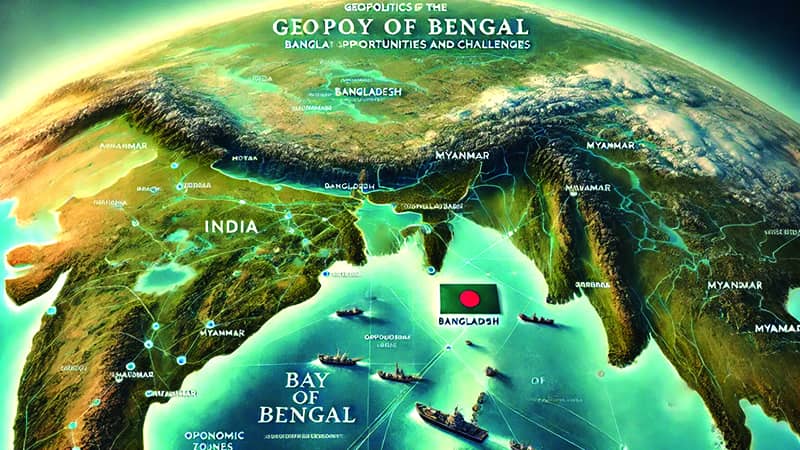Controversy Surrounding the Alleged Lease of St Martin’s Island

Commodore Kazi Emdadul Haq (Retd)
Introduction
The news and social media have come alive with fervour as the Prime Minister of Bangladesh passionately voices her discontent towards the United States, resolutely affirming her unwavering commitment to safeguarding the nation’s assets rather than seeking power through compromise. While the prime minister did not explicitly mention the leasing of St Martin’s Island, the United States has asserted that there have been no discussions whatsoever about taking over the island from Bangladesh.
The relationship between the United States and Bangladesh, already characterized by unease, further intensified due to the conflicting statements made by both countries’ top-level governments. It raises numerous questions, even if the United States wanted to use the island, for what purpose?
The proximity of St Martin’s Island to Matarbari Deepsea Port, which was under construction by Japan, a trusted Quad ally of the US, is notable. Japan intends to uplift the economy of India’s Seven Sister States using this port. The geographical relationship between St Martin’s Island, Matarbari Port and Seven Sister States having any correlation, is a matter to ponder about.
It is amply clear that the present objective of the Indo-Pacific Strategy (IPS) is to counter China. The United States intends to do it with its allies and partners, and for that matter, the US would want Bangladesh to cooperate with the US to achieve the objectives of IPS in the Bay of Bengal region.
It is not unlikely that the United States is looking for a strategic location from where the US can assert its power projection. The discourse would be whether St Martin’s Island could fulfil the interests of the United States. This paper will try to address those issues.
Background of St Martin’s Island
A British team of surveyors in 1900 included Saint Martin’s Island as part of the British Raj in India and named it after a Christian priest Saint Martin. Situated in the north of the Bay of Bengal, close to Myanmar and Bangladesh, the island may offer a significant strategic advantage for the US to achieve the objectives of IPS. The island’s length is about 7 km (North-South), and the width varies from 100 meters to 1.2 km. On the northeast side of the island, the shallow coral reef portrays severe navigation restrictions through the St Martin’s Channel.
The rough weather and the coral reef in the west of the island also do not offer suitable anchoring of ships, and for the same reason, the island is not also suitable for making piers to berth ships.
The island is the only coral reef in Bangladesh that attracts thousands of tourists, including foreigners. The leasing of the island would surely restrict the tourists on the island. Within reach of budget, most average-income people love to spend some time on the island, and they would be highly disappointed if they could not visit.
The Relationship Between Bangladesh and the United States
Since the birth of Bangladesh, the relationship between the US and Bangladesh has never been smooth. Fast forward, the recent imposition of US-targeted sanctions against some police and senior army officers and the US visa policy to ensure free and fair elections in Bangladesh have surely annoyed government officials and politicians. However, these actions appear political rather than having any relation with the leasing of St Martin’s Island.
The misnomer of leasing the island prevailed a long time back. Before and after the liberation of Bangladesh, mostly the military rulers were blamed for leasing out St Martin’s Island to counter India. Later, their claims were found to be baseless and turned out to be politically motivated.
Regional Interests of the United States
The Bay of Bengal is a direct part of the Indo-Pacific region in which the United States undoubtedly will have lots of interests. To protect the Christian community in the Seven Sisters States of India, China’s growing influence in Myanmar and around, China’s effort to connect the Indian Ocean through Kyaukpyu Port of Myanmar, and finally, the “shaky” relationship of India as a Quad partner all suggest that the US would be looking for a strategic location to counter China’s influences in the Bay of Bengal region.
World Vision is an international Christian humanitarian organisation aiming to address poverty and development worldwide. World Vision operates in all the states of Seven Sisters, and the Christian community is rising where Meghalaya, Nagaland and Mizoram possess 80 to 90 per cent Christian people. World Vision operates in many districts of Bangladesh as well. The past foreign policy of the US suggests that the US would protect World Vision’s program and the Christian community through physical presence in any suitable area.
One of the time-tested allies of the US and a strong partner of Quad, Japan, was awarded to construct a Deepsea Port in Matarbari, Bangladesh, On the 20th March 2023, while visiting India, Japanese PM Fumio Kishida said in the 41st Sapru House Lecture, “…we will promote the Bay of Bengal-Northeast India industrial value chain concept in cooperation with India and Bangladesh to foster the growth of the entire region”. It strongly indicates that the US would have some interest in this region. Although India would be happy with the economic development of its hinterland states but would be highly disappointed with the US’s interests in Christian communities in the Seven Sisters States, especially when Indian PM Modi supports the Hinduism agenda by RSS.
In the Indo-Pacific concepts, the US is clear about its intentions to counter China’s growing hegemonic power, which challenged the prevailing US’s supreme monopoly in this region. The US wishes to do it along with its allies and partners, which suggests that the US would want Bangladesh as a preferred partner in fulfilling the Indo-Pacific objectives. The coup d’état leader of Myanmar, General Min Aung Hlaing has proved that his country has already become a vassal country to China. China is constructing CMEC (China Myanmar Economic Corridor) and connecting China’s southeast region to the Indian Ocean through the Kyaukpyu Port in Myanmar.
Although India is a Quad partner, India’s shaky attitude as a Quad partner and support to Putin’s war economy makes India appear not a trusted ally to the US. Compared to US allies and military bases in the Pacific region, the US has a smaller military presence in the Indian Ocean than the military base in Diego Garcia. Diego Garcia is too far for the US to exert military influence over China. The US did use Diego Garcia to bomb Iraq using air refuelling.
All the above arguments strongly suggest that the US would want a proximity presence in the Bay of Bengal through military bases or any other means of mutual agreement.
Does St Martin’s Island Serve the Purpose of the US
For the sake of argument, let’s consider the US needs its presence in the Bay of Bengal, and the use of St Martin’s Island. If so, the only option for the US is to use the island for military purposes. Let’s see how feasible the island is for the US to make military base facilities.
Logistic Support, Size and Landscape: The logistic support and communication to the island would only be through sea or air as there is no land connectivity. Logistic support can only be fulfilled with the aircraft, and that needs a well-built and protected airfield. With roughly only an 8 sqkm area, St Martin’s Island offers significantly less space to facilitate all infrastructure of a US military base. A military airfield typically requires quite a huge land to accommodate runways, taxiways, protected aircraft sheds, a large area for the installation of surveillance radar and other electronic equipment, barracks and other necessary infrastructure. The island’s size may pose a significant challenge in finding adequate land for a military airfield. Even operating a C-130 requires a minimum of a kilometre runway unless the US wants to operate STOL(Short Take off and Landing) aircraft.
Missile Silos: If the US wants to use the island as a missile base, it also provides minimum protection as there is no natural mountainous terrain or hideout. Construction of underground silos would also not be easy on a low-lying sandy beach.
Location: The island is so close that even it is vulnerable to artillery shells from the coast, which typically ranges from 10 to 40 km. Even the island would be susceptible to short-range land-based missiles, especially hypersonic missiles. The distance between the island and Myanmar land is less than 10 km, which would pose a significant challenge for the US to have less reaction time to detect and destroy incoming threats. Even shoulder-launched missiles from Myanmar’s mountainous terrain would create havoc for the US forces. On the contrary, the mountains provide Myanmar with natural and easy makeshift protection.
Weather: The weather remains very rough most of the time, especially in summer. It compels the ships to enter and anchor at St Martin’s Island through St Martin’s Channel (between St Martin’s Island and Myanmar). The weather compels ships to anchor in St Martin’s Channel which would also be highly vulnerable to the land-based missile. Operations of too many ships in a narrow channel would likely violate territorial water, inviting unwanted controversy even in peacetime.
Tourism and Environmental Impact: The construction of airfields and infrastructure on St Martin’s Island will have significant environmental effects. It is the only coral reef with diverse marine life where Bangladeshi tourists can visit and taste tranquil life. The construction of a military base would hurt the sentiments of Bangladeshis and disrupt the delicate ecosystem, including wildlife habitats.
The above assessment suggests that the island does not fulfil the criteria or requirements that would make it a viable option or advantageous for the United States for military purposes.
Understanding United States’ Policies
The US is usually seen to achieve its strategic objectives by taking the government’s consent and, of course, using various ways and means of diplomacy. For example, the US officially invited Bangladesh to join US forces in Afghanistan and Iraq, and Bangladesh disagreed. The US wants to sign two agreements with Bangladesh: the General Security of Military Information Agreement (GSOMIA) and the Acquisition Cross-Servicing Agreement (ACSA), which are officially declared proposals. In general, GSOMIA is the government-to-government deal that allows cooperation in defence purchase, information sharing, and military-to-military cooperation; and ACSA allows the signed countries’ forces to procure and pay for common types of supplies and services.
The US has made GSOMIA with over 76 countries and ACSA with over 100 countries, including India and Sri Lanka. Bangladesh is considering the US proposal, and the US kept its diplomatic persuasion to get it done. The US would prefer to get those two agreements signed with Bangladesh rather than using the unsuitable island.
Conclusion
The Indo-Pacific concept suggests that the United States may want a presence in the Bay of Bengal region, but St Martin’s Island might not offer the necessary advantages for US interests there. Without neutralizing all-around threats in depth, it would be reluctant to put its forces in a situation where they could be constantly vulnerable to threats from adversaries.
In the democratic system, things are relatively open, allowing everyone to become informed as events unfold. However, the controversy of St Martin’s Island may take time to unearth or fade away, but it may resurface again as a trump card in the political arena. To err on the side of caution, the United States would prefer to actively pursue the signing of two agreements, GSOMIA and ACSA, with Bangladesh. These agreements would grant the US numerous advantages, particularly in achieving its Indo-Pacific objectives. However, if negotiated and managed properly, Bangladesh could also significantly benefit from these agreements.
Commodore Kazi Emdadul Haq, BSP, ndu, psc, BN (Retd), Founding Member, Bangladesh Institute of Maritime Research and Development (BIMRAD).






